Israel bombs Gaza refugee camps as tanks push deeper into Rafah
Israel has bombarded the Gaza Strip's historic refugee camps in the center and struck Gaza City in the north, while tanks pushed deeper into Rafah in the south.
Health officials said a barrage of airstrikes killed 16 in Zawayda town, Bureij and Nuseirat camps and the overcrowded city of Deir-Al-Balah, the last major urban center in Gaza not to be invaded by Israeli forces.
Images showed mourners at the al-Aqsa Martyrs Hospital in Deir el-Balah, where several corpses lay on the ground. One man cradled the covered body of a child.
Ahmed Abu Muheisen said one strike had targeted his cousin’s family in the al-Zuwaida area. “His children and his wife were martyred and so was he.”
“Enough, enough already!” said Eid Abu Rakab, another mourner.
In Gaza City in the north, medics said strikes hit the Cairo School housing the displaced in Gaza City. More than 10 people, including three children, were killed.
At al-Amal Hospital in Khan Yunis in southern Gaza, Palestinian health officials exhumed at least 12 bodies buried inside the medical facility to rebury them at another location.
Areej Hamouda, a mother of one of the dead, clutched some of the sandy earth from the grave of her son and kissed it before medics exhumed the body, Reuters reported.
"They shot him and he had a loaf of bread with him, which he had to beg for to get for his daughter, they shot him in the eye and the head - it rained on him, he was washed with blood," Hamouda said, weeping.
"He was (lying) there all day long, they weren't able to move him, (then) they pulled him with a rope when they brought him to be buried here."
In Rafah, residents said Israeli tanks pushed deeper into the western side of the city and took position on a hilltop there.
The International Committee of the Red Cross (ICRC) said in a statement on Thursday that the Israeli invasion has pushed the 60-bed Red Cross field hospital in Rafah to the brink of capacity.
More than a million people had sought shelter in Rafah, but most have scattered again since Israel launched an invasion in and around the city in May to root out brigades of Hamas operating there.
More than nine months into the war, Palestinian fighters led by Hamas are still able to attack Israeli forces on the ground, occasionally firing rocket barrages into settlements in the occupied territories.
Islamic Jihad said it fired missiles at two southern Israeli communities on Thursday and the armed wing of Hamas said it fired mortar bombs at Israeli forces in southwest Rafah.
The Israeli regime has recently focused its attacks on refugee camps, with the deadliest being the raid of July 13 on the Mawasi camp, where 90 Palestinians were killed.
Israel claimed that Palestinians resistance fighters used these places but Hamas has dismissed the accusation, saying the regime is trying to cover up its massacres.
Over 1,000 attacks on healthcare facilities in occupied Palestinian territory have been documented by @WHO
— UNRWA (@UNRWA) July 18, 2024
In #Gaza only 10 out of 26 @UNRWA Health Centres are operational. Our teams continue to risk their lives every day to provide medical care to families but need a #Ceasefire pic.twitter.com/j55RznBjwq
The latest toll issued on Thursday included 54 deaths in the past 24 hours. Israel has killed over 38,840 people in Gaza since October.
Pax, a Dutch activist group, said a study shows “continuous bombing and Israel's fuel blockade have decimated” Gaza's outdated waste collection system, threatening water supplies and farm land.
🚨BREAKING: A new Oxfam report reveals how Israel's systematic weaponizing of water against Palestinians in #Gaza, has reduced the amount of water available in Gaza by 94% to 4.74 litres a day per person.
— Oxfam International Media Team (@newsfromoxfam) July 18, 2024
Read our release👉 https://t.co/BYn8GDKOil pic.twitter.com/bqd7AR35Xs
And a new report by the international humanitarian organization Oxfam said Israel has reduced by 94 percent the amount of water available in Gaza “creating a deadly health catastrophe.”
“Israel’s cutting of external water supply, systematic destruction of water facilities and deliberate aid obstruction have reduced the amount of water available in Gaza by 94 percent to 4.74 liters [1.25 gallons] a day per person – just under a third of the recommended minimum in emergencies and less than a single toilet flush,” the report said.
VIDEO | Rome, Milan host new protests in solidarity with Palestinians
Dec. 21: ‘Axis of Resistance’ operations against Israeli occupation
Spain jurists demand ties with Israel ties be cut
VIDEO | Press TV's news headlines
VIDEO | Iran honors top Science Olympiad medalists
VIDEO | Austrians arrested at Gaza protest in Vienna
10 killed in bus crash in western Iran
VIDEO | One-man-band journalism with Civili


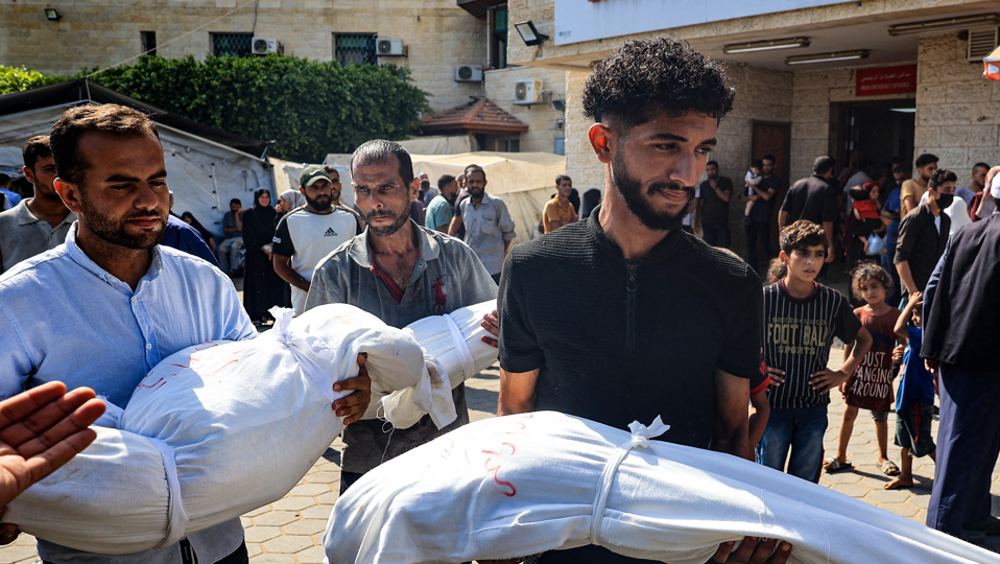
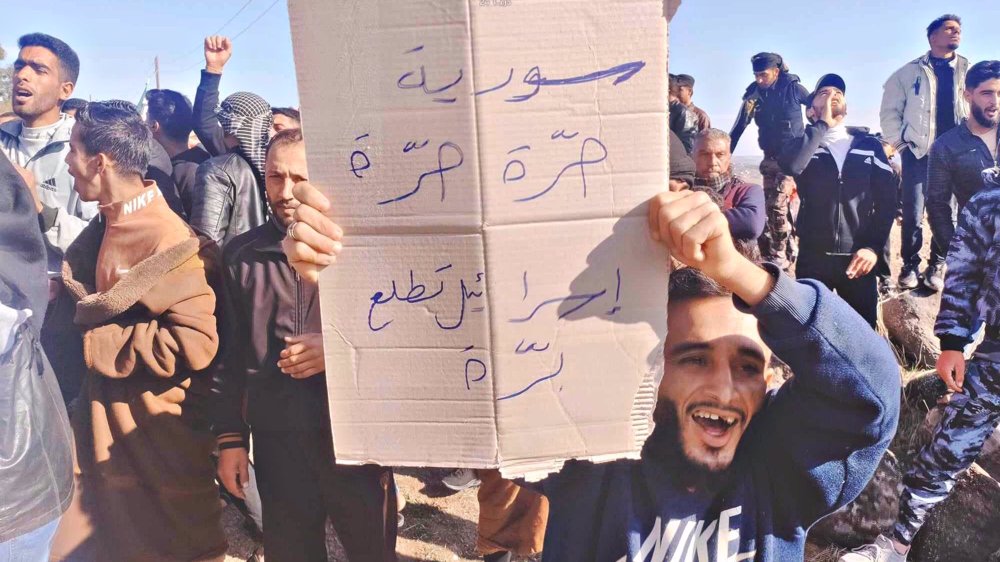
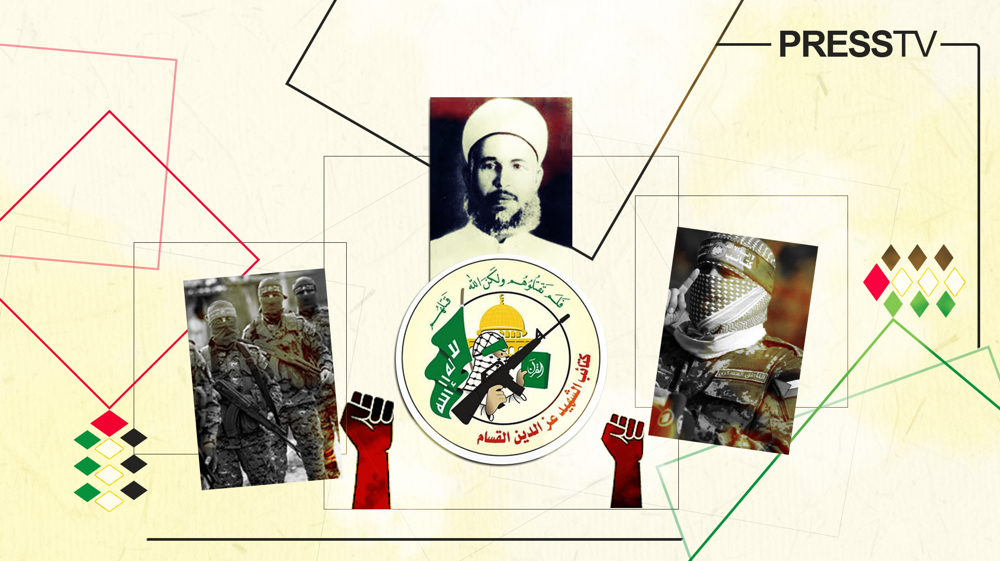
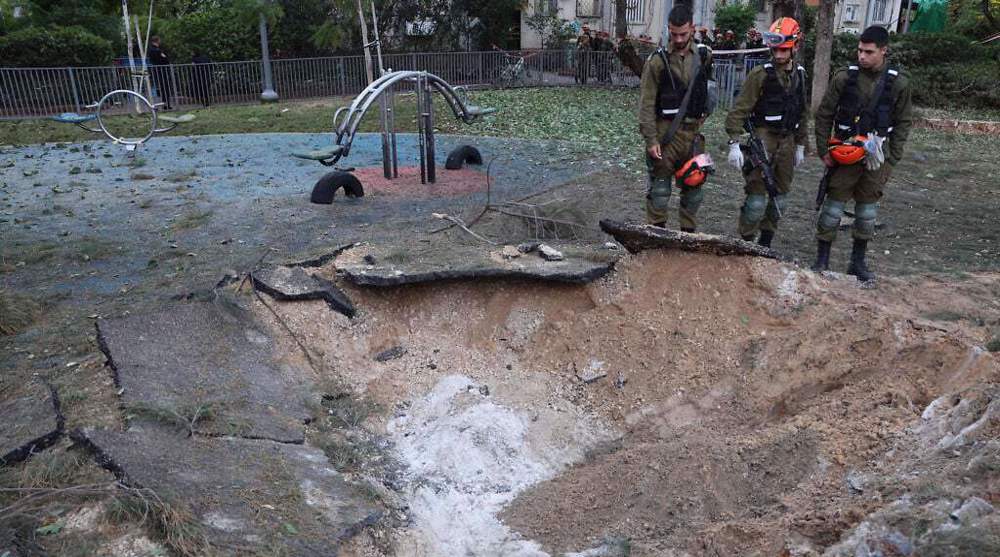



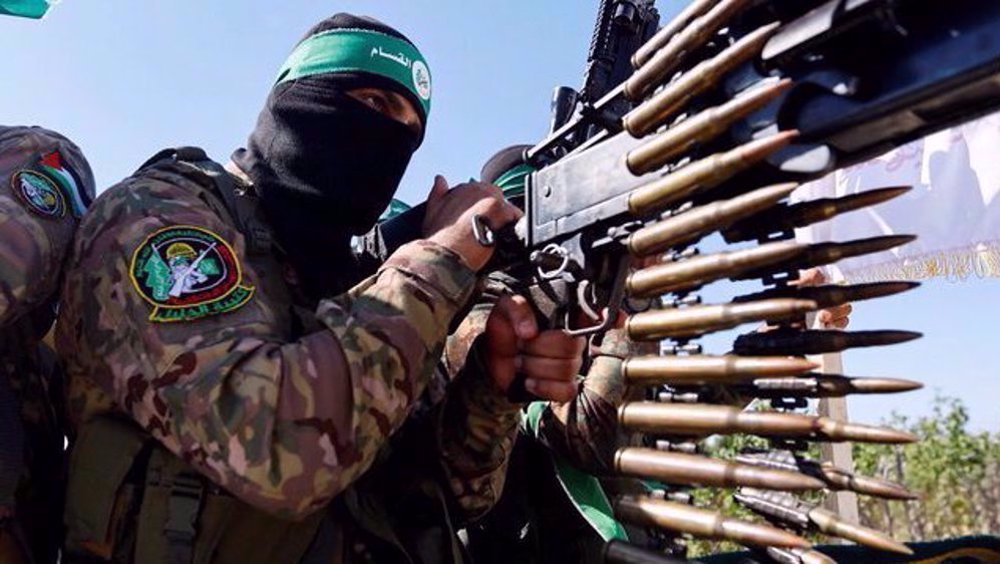

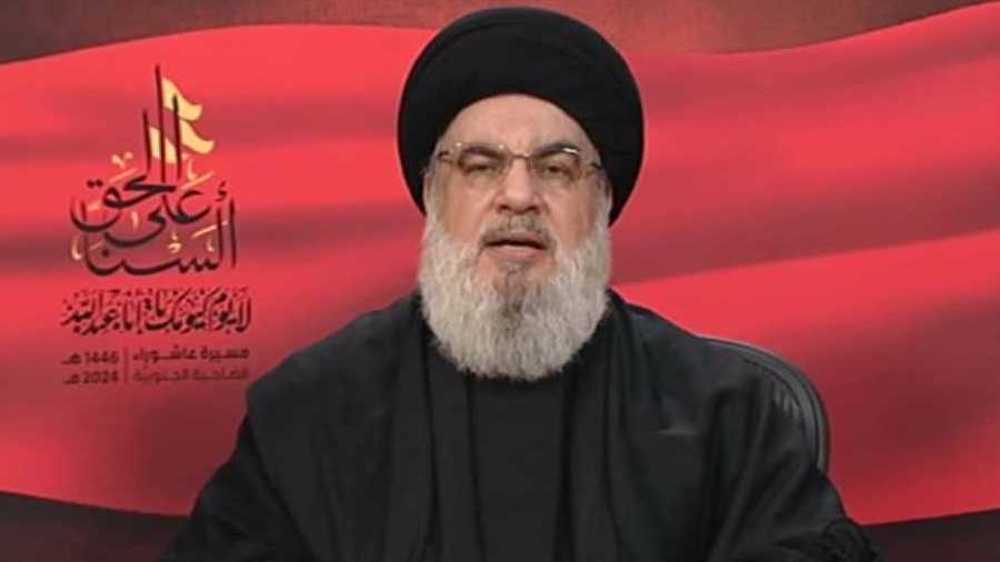

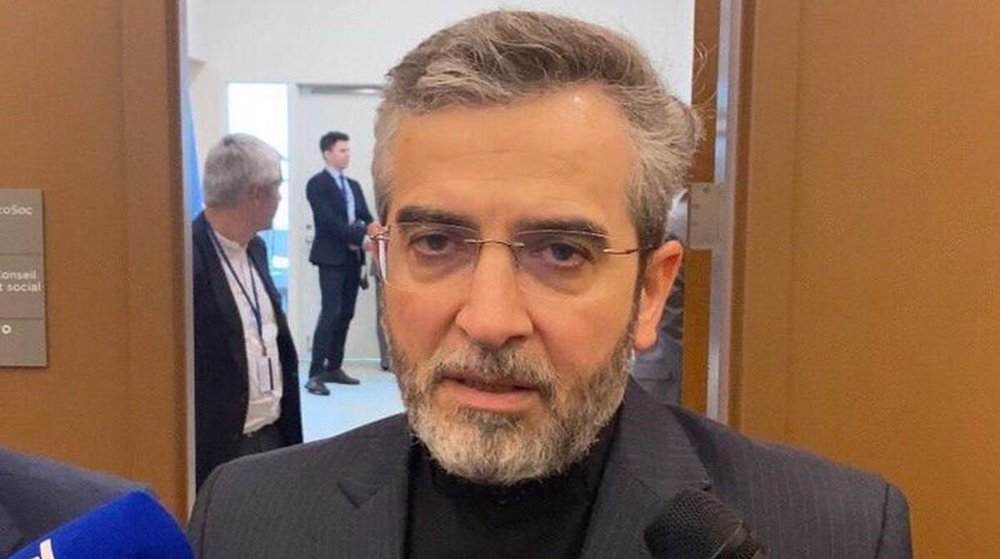

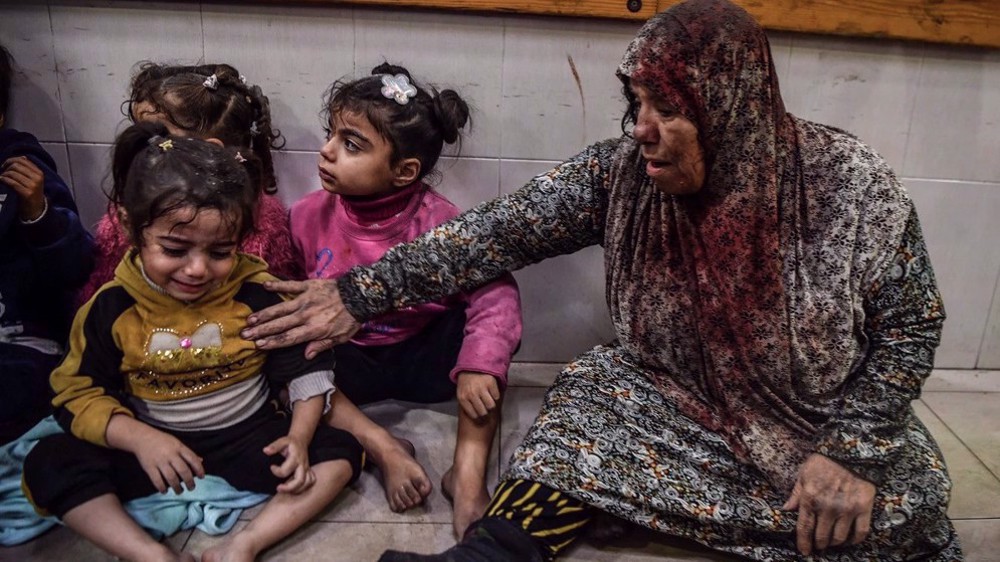

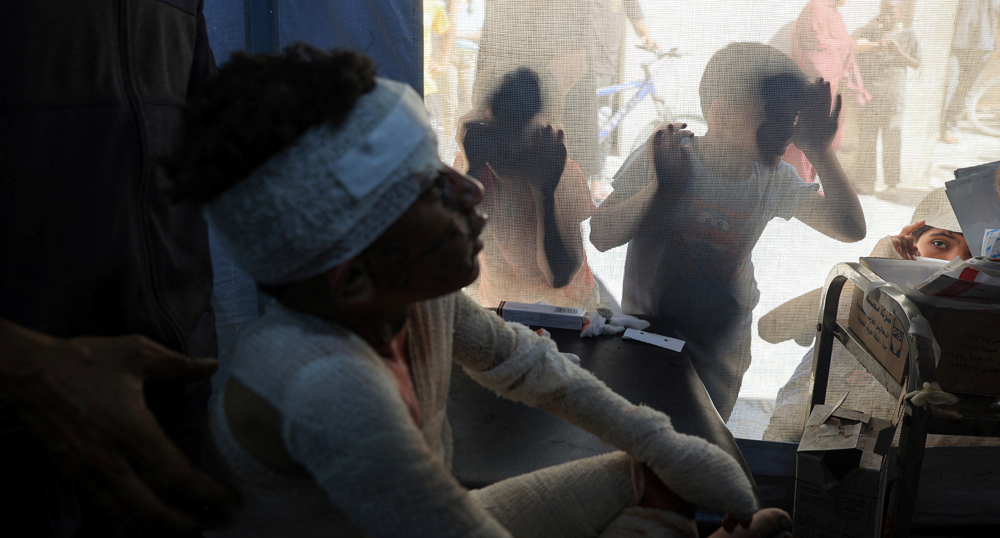

 This makes it easy to access the Press TV website
This makes it easy to access the Press TV website